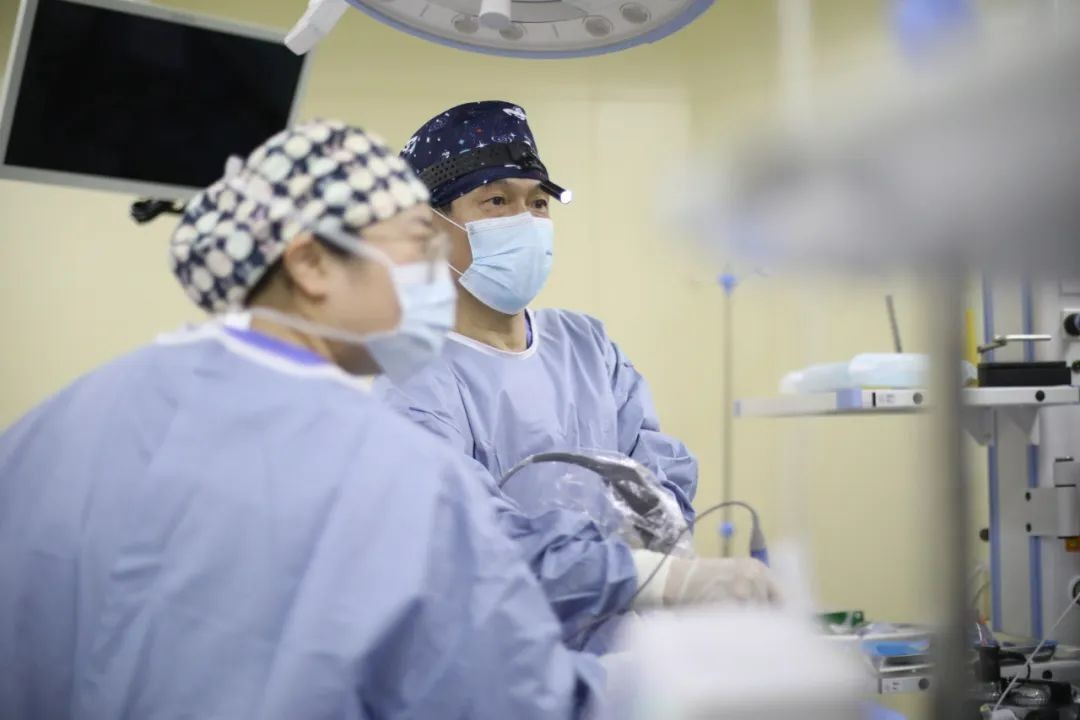As the "central pillar" of facial features,
the importance of the nasal bridge to appearance is self-evident.
However, when this "pillar" becomes deviated,
even a handsome man may lose his charm.
This seemingly sudden "aesthetic challenge"
actually hides a common medical condition—
deviated nasal septum.

01#
Unveiling the Secret Behind a Crooked Nasal Bridge
Deviated nasal septum refers to a condition where the nasal septum shifts to one or both sides, or develops localized protrusions, leading to impaired nasal function. It predominantly affects males, with a male-to-female patient ratio of approximately 2.5-3:1.
The causes of this deviation are multifaceted:
Congenital factors: Some individuals are born with an unevenly developed nasal septum or abnormal growth of nasal bones and cartilage, resulting in an S-shaped curvature or other deformities from birth.
Trauma: High-impact activities—collisions during soccer or basketball, frequent falls during skating or skateboarding, or facial injuries in combat sports like boxing—can severely damage the nasal septum, causing fractures, dislocations, or deviations.
Other risk factors: Childhood adenoid hypertrophy, large nasal polyps, or sinonasal tumors may also contribute.
02#
When a Crooked Nasal Bridge Affects Life:
Treatment Brings Renewal
A deviated nasal septum not only impacts appearance but also causes discomfort such as nasal congestion, headaches, and nosebleeds. These symptoms impair daily life and may lead to complications like sinusitis, ear fullness, tinnitus, or sleep-disordered breathing.
Timely treatment is crucial. For adults,
surgery remains the only effective solution.
As one of China’s first medical platforms with an international-standard minimally invasive surgery center certified by DNV,
Renshu ENT adopts globally standardized protocols. Each patient receives a personalized surgical plan through meticulous preoperative evaluation.
Using advanced high-definition video endoscopy, surgeons precisely correct the deviated septum under clear visualization, restoring nasal structure and function. Minimally invasive techniques ensure smaller incisions, faster recovery, and minimized discomfort.
03#
Fear of Postoperative Pain?
Experience Comfortable Recovery at Renshu
While surgery is critical, postoperative care is equally vital. Exposed nasal mucosal wounds, rich in blood supply, are prone to bleeding, causing pain and delaying recovery—a major concern for patients.
Renshu’s Minimally Invasive Surgery Center prioritizes comfort:
Preemptive pain management: Long-acting analgesics are administered intravenously before surgery concludes, followed by scheduled oral painkillers. Emergency analgesics are available if needed.
Advanced nasal packing: Imported high-molecular-weight expandable sponges provide uniform pressure to control bleeding, minimize adhesion, and enhance comfort during removal.
Comprehensive aftercare: A dedicated team monitors recovery, guides nasal hygiene, and ensures seamless healing until full recovery.
Don’t hesitate—with proactive treatment, you can still radiate confidence.
Bid farewell to nasal congestion and headaches; reclaim healthy breathing.
Bid farewell to a crooked nasal bridge; reclaim your self-assured charm.
Embrace the freedom of unobstructed breathing
and face every moment of life with confidence.
